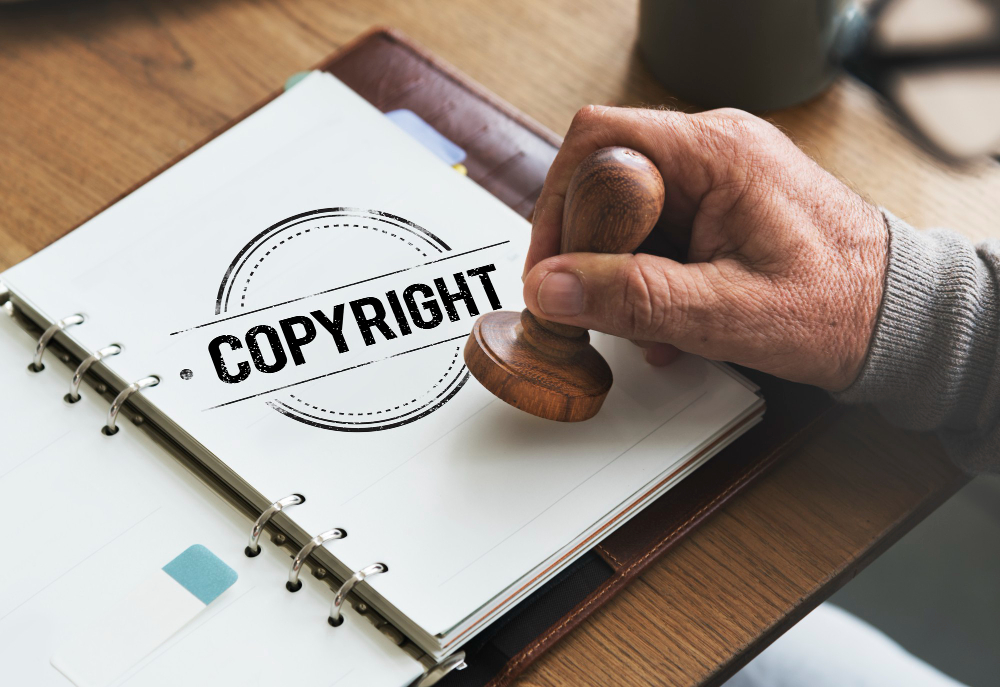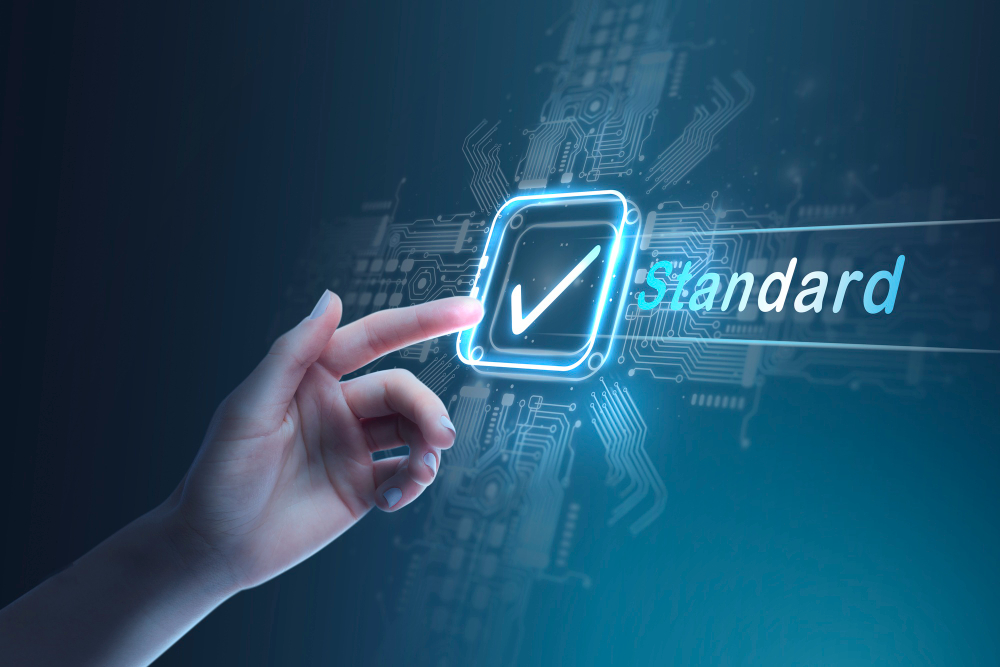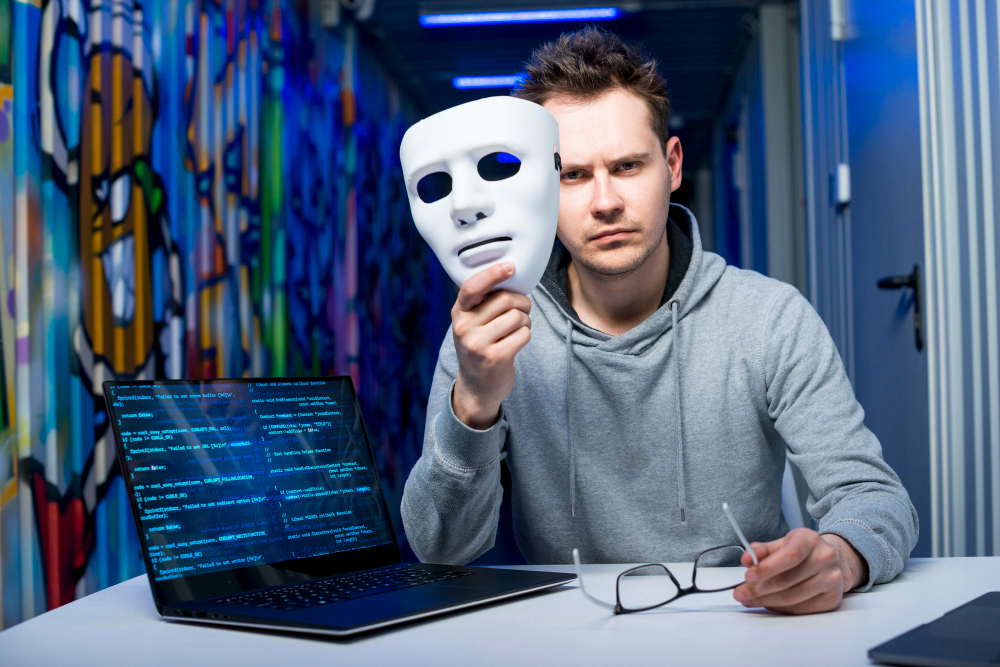Introduction
In today’s rapidly evolving digital era, creative works circulate globally within seconds, bringing both unprecedented opportunities and immense risks for creators. Filmmakers, musicians, authors, and digital artists now have access to wider audiences than ever before, but this exposure comes with a heightened threat of piracy. Understanding copyright types is one of the most powerful tools in safeguarding creative work against misuse. Whether you are an independent filmmaker or part of a large production studio, knowing the scope and limitations of copyright helps you maintain ownership and control over your content.
This blog will walk you through the essential copyright types that form the foundation of digital media protection. We will cover how they apply to various forms of content, from films and music to software and broadcasts. By the end, you’ll not only understand copyright better but also recognize how partnering with a trusted service like AiPlex Antipiracy can give you robust protection against piracy. Let’s explore the pillars of copyright law and why every creator needs to be aware of them.
Key Things to Know Before Exploring Copyright Types
Importance of Copyright in the Digital Era
Copyright has become the backbone of intellectual property rights in a world where digital sharing is effortless. With millions of users streaming, downloading, and uploading media every day, the risk of unauthorized distribution is at an all-time high. Copyright ensures that creators retain control over how their works are used and monetized, preventing misuse and loss of revenue. This protection extends across multiple forms of content, from movies and songs to written works and even software.
The digital marketplace thrives on accessibility, but this accessibility makes it easy for pirates to exploit vulnerable content. By understanding the types of copyright available, creators can ensure their works remain protected. Proper registration and enforcement provide an additional layer of legal backing that deters infringement. For filmmakers, knowing their copyright rights is essential not just to secure their work but also to establish credibility in professional collaborations.
How Piracy Exploits Weak Copyright Awareness
One of the biggest challenges today is that many creators are unaware of the full scope of their rights under copyright. Pirates take advantage of this gap by illegally reproducing and distributing content, often before the original work gains traction. This not only affects revenue but can also harm the reputation of the creator by circulating poor-quality reproductions of their work. In the film industry especially, piracy has been known to cause significant losses in box office revenue.
Weak copyright awareness leaves creators exposed. When you don’t know what protections exist, you’re less likely to enforce them, giving pirates free rein. Learning about copyright types arms creators with the knowledge they need to defend their intellectual property. Partnering with professional anti-piracy firms ensures these rights are actively monitored and enforced, making piracy far less effective.
Role of International Copyright Treaties
Because the internet is global, piracy is not limited by borders. This makes international copyright treaties crucial for protecting creators across different regions. Agreements such as the Berne Convention and TRIPS (Trade-Related Aspects of Intellectual Property Rights) ensure that copyright protection extends beyond a creator’s home country. For filmmakers, this means that their work has legal backing across multiple jurisdictions.
These treaties also streamline enforcement, making it easier to challenge piracy even when it originates abroad. With growing global collaboration in the entertainment industry, understanding international copyright protection is indispensable. Digital creators should not only rely on their national laws but also recognize the broader safety net provided by global agreements.
Differences Between Copyright, Patents, and Trademarks
Intellectual property rights often get confused, but they serve different purposes. Copyright protects creative works, such as films, songs, and books. Patents, on the other hand, safeguard inventions and technological processes. Trademarks protect branding elements, like logos and slogans. While they overlap in providing protection for intellectual property, their scope and application differ significantly.
For digital media creators, copyright is the most relevant, but understanding its difference from other IP rights helps in building a comprehensive protection strategy. For example, a film’s script would fall under copyright, while the production company’s logo would be trademarked. Knowing where one type ends and another begins ensures maximum coverage and stronger enforcement against piracy.
Why Filmmakers and Creators Must Understand Copyright Laws
Filmmakers, musicians, and content creators are often at the highest risk of piracy due to the mass appeal of their work. By understanding copyright laws, they can preemptively protect their creations and set clear boundaries for distribution. This not only secures revenue streams but also enhances trust when collaborating with distributors, streaming platforms, and investors.
Copyright awareness empowers creators to take proactive measures. Instead of reacting to piracy after the damage is done, creators can enforce their rights from the beginning. This foresight also builds professionalism, showing partners that the creator values their work and is committed to protecting it.
Major Copyright Types in Digital Media
Literary Works Copyright
Literary works include novels, poems, scripts, and any written material that contributes to creative expression. In the digital world, this extends to eBooks, blogs, and even social media content. Protecting these works under copyright ensures that writers retain ownership of their intellectual contributions, preventing unauthorized reproduction.
For filmmakers, literary copyright applies to scripts and storyboards, both of which form the backbone of any production. Protecting these ensures that no unauthorized adaptation or reproduction undermines the originality of the project. Registering such works strengthens the creator’s ability to defend their intellectual property legally.
Musical Works Copyright
Music is one of the most pirated forms of content worldwide. Copyright for musical works covers compositions, lyrics, and scores. This ensures that musicians, composers, and lyricists maintain control over how their music is distributed, performed, and monetized. Digital streaming platforms have amplified the importance of copyright in this sector.
For films, music is integral to storytelling, making it doubly important to ensure that scores and songs are protected. Licensing agreements often depend on copyright clarity, and protecting music rights ensures fair compensation for all contributors. With piracy rampant in the music industry, creators must enforce these rights vigilantly.
Dramatic and Performance Copyright
Dramatic works include plays, screenplays, choreographed performances, and stage productions. Copyright ensures that performances cannot be replicated, recorded, or distributed without the creator’s consent. This form of protection is essential for actors, playwrights, and directors.
In the context of filmmaking, dramatic copyright covers everything from dialogue delivery to choreographed fight scenes. Unauthorized recordings or adaptations directly infringe on these rights. Ensuring performance copyright gives actors and directors assurance that their creative expressions remain intact and legally protected.
Artistic Works Copyright
Artistic copyright protects visual creations such as paintings, drawings, sculptures, and even digital art. In media, this also extends to set designs, costume designs, and posters. These elements often play a key role in branding and storytelling, making their protection crucial.
For digital media, especially in promotional content, piracy often begins by replicating or modifying original artistic works. By securing copyright on these, creators ensure that their brand identity remains unique and immune to exploitation. Artistic copyright also safeguards merchandise tied to visual content.
Cinematograph Films Copyright
This copyright type specifically covers films, motion pictures, and videos. It includes the visual imagery, sound design, and editing that collectively make a movie. Cinematograph copyright ensures that films cannot be copied, reproduced, or distributed without authorization.
For filmmakers, this is the most significant copyright protection. With piracy threatening box office returns and streaming revenues, securing film copyright is essential. It not only prevents illegal distribution but also provides legal grounds for takedowns and compensation claims.
Sound Recording Copyright
Sound recording copyright protects the actual recording of a performance, distinct from the composition itself. This includes studio recordings, live concert recordings, and voiceovers. It ensures that the recorded version cannot be duplicated or distributed without the owner’s consent.
For media creators, this is particularly relevant for podcasts, film dialogues, and promotional jingles. Unauthorized duplication of recordings dilutes brand value and revenue potential. Securing this copyright ensures both control and commercial exclusivity.
Software and Database Copyright
In the digital age, software and databases are highly vulnerable to piracy. Copyright in this sector protects the code, user interface, and structure of applications and digital platforms. For filmmakers, this could extend to proprietary editing software or unique production databases.
Piracy in software leads to significant financial losses, not just for developers but also for users who risk malware from pirated versions. By securing copyright on software and databases, creators and production houses protect both functionality and security.
Broadcast and Communication Rights Copyright
Broadcast copyright protects television and radio broadcasts, ensuring that content cannot be retransmitted without authorization. This extends to live sports events, film premieres, and music concerts. Communication rights further cover digital transmissions over streaming services and satellite.
For filmmakers, broadcast rights are essential when negotiating deals with networks and streaming platforms. Unauthorized rebroadcasts or live-streaming of films and events violate these rights. By enforcing broadcast copyright, creators safeguard their distribution strategy and revenue streams.
Moral Rights of Authors and Creators
Moral rights go beyond financial control, giving creators the right to be acknowledged for their work and to prevent distortion or misuse of their creations. This ensures that the integrity of the work remains intact and that creators receive due credit.
For filmmakers, this means that even if distribution rights are sold, the original creators retain the right to attribution. It also protects them from unauthorized edits or adaptations that could harm their reputation. Moral rights emphasize respect for creative authorship.
Neighboring Rights in Copyright
Neighboring rights apply to entities closely connected to the creative process but not the primary creators. This includes performers, producers, and broadcasting organizations. These rights ensure that their contributions are acknowledged and protected alongside the main copyright holder.
For the entertainment industry, neighboring rights are vital in ensuring everyone involved in production—from actors to distributors—benefits fairly. Protecting these rights creates a balanced ecosystem that values every stakeholder’s input, reducing conflicts and strengthening the industry as a whole.
Why Choose AiPlex Antipiracy for Copyright Protection
AiPlex Antipiracy stands at the forefront of copyright enforcement in the digital age. With advanced AI-powered monitoring tools, AiPlex tracks piracy across platforms and initiates swift takedowns to protect creators’ rights. From films and music to software and broadcasts, AiPlex ensures that every form of creative content is shielded against unauthorized use.
What sets AiPlex apart is its holistic approach. Beyond takedowns, the company provides real-time monitoring, predictive analytics, and detailed reporting to ensure creators always remain ahead of pirates. Whether you are a filmmaker, content producer, or distributor, AiPlex delivers customized anti-piracy solutions that align with your business needs. Choosing AiPlex means choosing a proactive, reliable, and future-ready partner in the fight against piracy.
Conclusion
Understanding the different copyright types is the first step toward effective digital media protection. From literary works and music to films and software, each type of copyright plays a crucial role in safeguarding creative expression. With piracy constantly evolving, creators cannot afford to overlook the importance of copyright enforcement.
By working with AiPlex Antipiracy, filmmakers and content creators can ensure their works remain secure in a highly vulnerable digital landscape. With AI-driven monitoring, global reach, and proven expertise, AiPlex provides the peace of mind creators need to focus on what they do best—producing great content. Protect your work, preserve your reputation, and maximize your returns by choosing AiPlex as your copyright protection partner.
Final Summary
Copyright provides creators with the foundation to protect their work in an era of rampant digital sharing. We explored major copyright types, including literary, musical, dramatic, artistic, cinematograph films, sound recordings, software, broadcasts, moral rights, and neighboring rights. Each plays a unique role in protecting creative industries from exploitation.
Piracy will always attempt to undermine creators, but knowledge and enforcement of copyright laws serve as a shield. By partnering with AiPlex Antipiracy, creators gain access to cutting-edge tools and expertise that ensure their content remains protected. In today’s digital-first world, choosing AiPlex isn’t just about protection—it’s about empowerment, ensuring your creative vision reaches audiences safely and securely.



